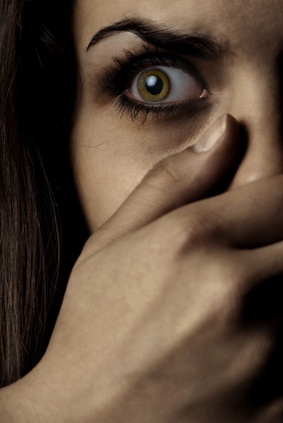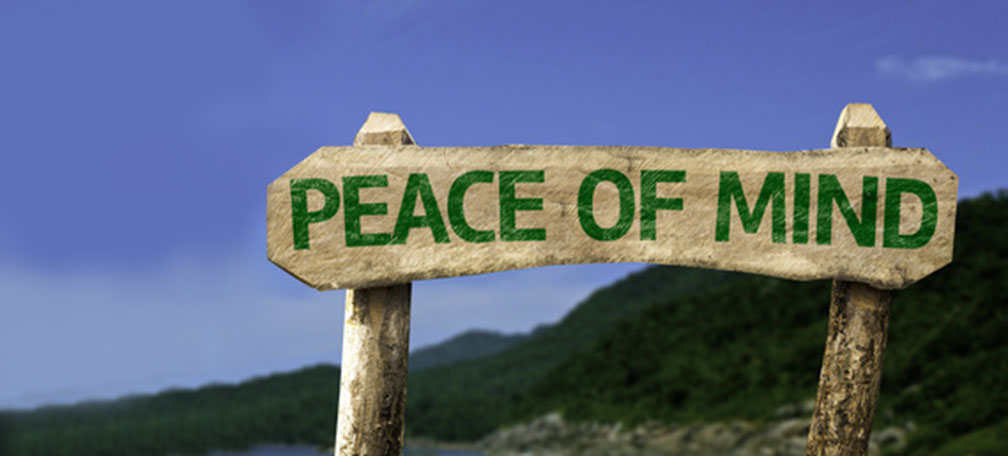Anxiety is a response to a perceived threat. Without the anxiety, or stress, response, we would not survive. We need to be able to react to stressful events such as a child running in front of a car. Most people experience feelings of anxiety before an important event such as an exam, or giving a presentation. Anxiety disorders, however, are illnesses that cause people to feel frightened, distressed, and uneasy for no apparent reason. Left untreated, these disorders can dramatically and significantly diminish an individual’s quality of life.
Recognised specific anxiety disorders include…
Panic attacks are repeated episodes of intense fear that strike often and without warning. Physical symptoms include chest pain, heart palpitations, shortness of breath, dizziness, abdominal distress, feelings of unreality, and fear of dying. They can often escalate until the sufferer develops a fear of the panic attack, which results in avoidance of situations where attacks are more likely to occur. This may eventually lead to conditions such as agoraphobia.
GAD, sometimes known as ‘free-floating anxiety’, may be defined as a disorder in which the sufferer feels in a constant state of high anxiety. The anxiety experienced is not as a result of any specific trigger, but those with this condition feel that they are on edge all the time for no specific reason. GAD may be accompanied by physical symptoms, such as fatigue, trembling, muscle tension, headache, or nausea.
OCD can be viewed in two parts; obsessions – repetitive, obtrusive unwanted thoughts that are experienced and result in unreasonable fears, and compulsions – acts or rituals carried out in response to fears generated by obsessions. The classic OCD condition is that of compulsive hand washing in response to an irrational fear of contamination. Sufferers of this disorder feel less anxious once they have carried out a compulsion. It is possible to experience obsessive thoughts only and not have the desire to carry out a compulsion. Examples of compulsions are excessive cleaning, counting, checking, measuring, and repeating tasks or actions. Examples of obsessions are worrying excessively about death, germs, illness – usually AIDS, cancer, etc. (this can also be classified as an ‘Illness phobia’,) having undesirable sexual thoughts, fearing causing harm to others.
A phobia is an irrational fear of an object/situation etc. that would not normally trouble most people. For example, fear of spiders, fear of thunderstorms, fear of heights. Almost ANYTHING can result in a phobic response, although some phobias are easier to live with than others are. For example, a fear of snakes may not seriously affect an individuals life, even if severe. However, social anxiety can create major problems. We all suffer from mild social phobia at times – stage fright and public speaking, for example. A social phobic, however, may avoid ANY social occasion and gradually withdraw from normal life.
PTSD may develop following exposure to a traumatic event that involves actual or threatened death, or serious injury such as rape or other criminal assault, war, abuse, natural disasters or road traffic accidents. The event may be witnessed rather than directly experienced, and even learning about it may be sufficient if the persons involved are family members or close friends. Sufferers may experience flashbacks, panic attacks Nightmares, numbing of emotions, depression and feeling angry.
Nicknamed ‘Imagined Ugliness Syndrome’ for sufferers of the condition have an irrational preoccupation with a perceived body defect, either present in themselves or in others; the latter being dysmorphophobia by proxy. BDD sufferers cannot accept that their fears of their perceived body defect are out of all proportion, and frequently seek plastic surgery/other measures in an attempt to rectify the perceived problem.
Often classified under the general umbrella of OCD (see above).
Social anxiety is reported to be one of the most common forms of anxiety. You may find it difficult working in groups, attending parties or other social gatherings or perhaps you feel embarrassed in public doing 'normal' things like eating or going about your daily business at work. Perhaps you have a fear of crowds. Whatever your fear, if you feel that it is controlling your life and stopping you from doing things then we can help.
The recommended treatment for anxiety disorders is medication if severe, plus self-help or talking therapies. Our own treatment encompasses anxiety management techniques such as thought stopping and EFT – emotional freedom technique, structured problem solving and CBT – cognitive behavioural therapy and a variety of relaxation techniques, such as hypnotherapy, relaxation and autogenics. For more information please see our Therapy Information page typesoftherapy.php




